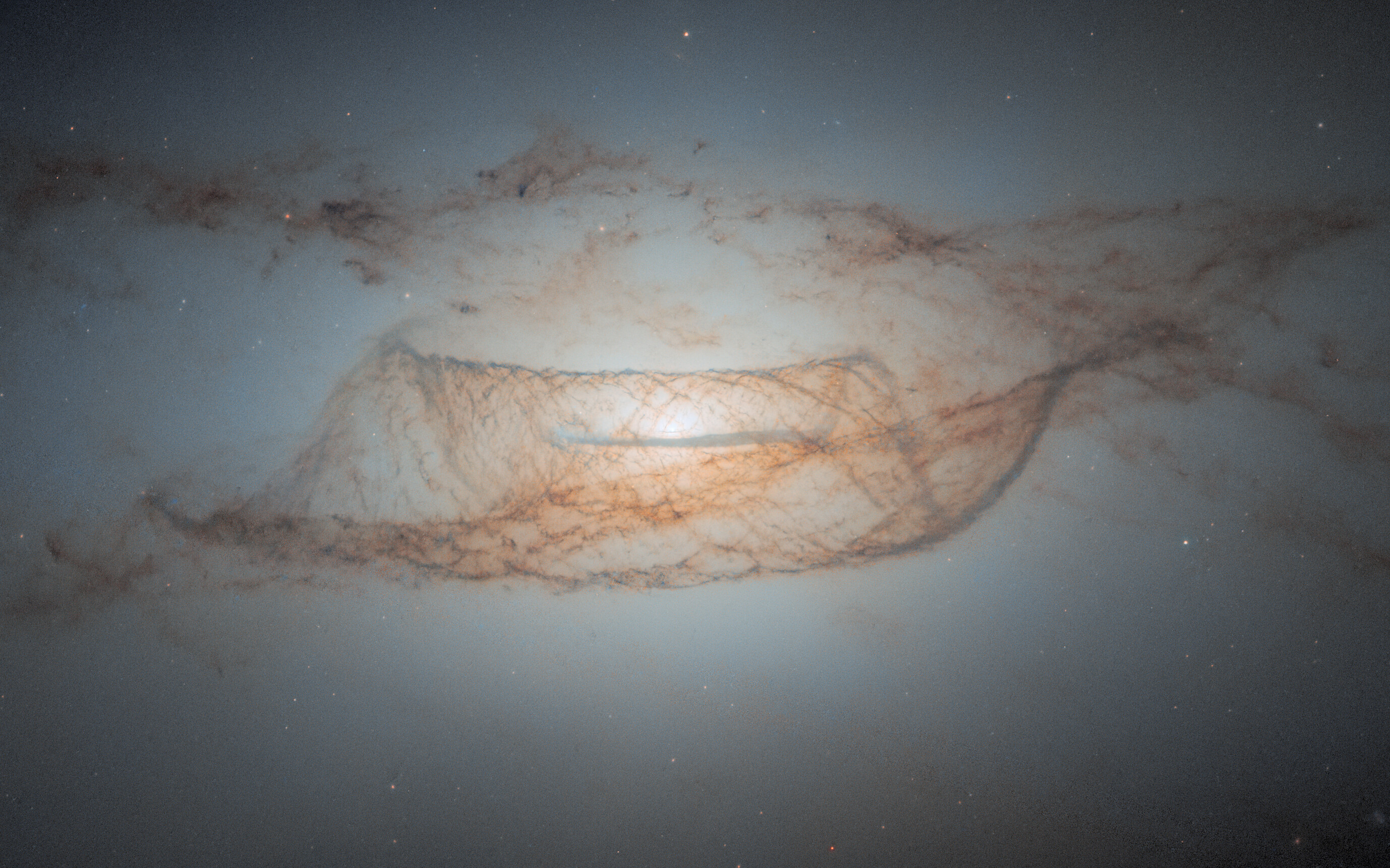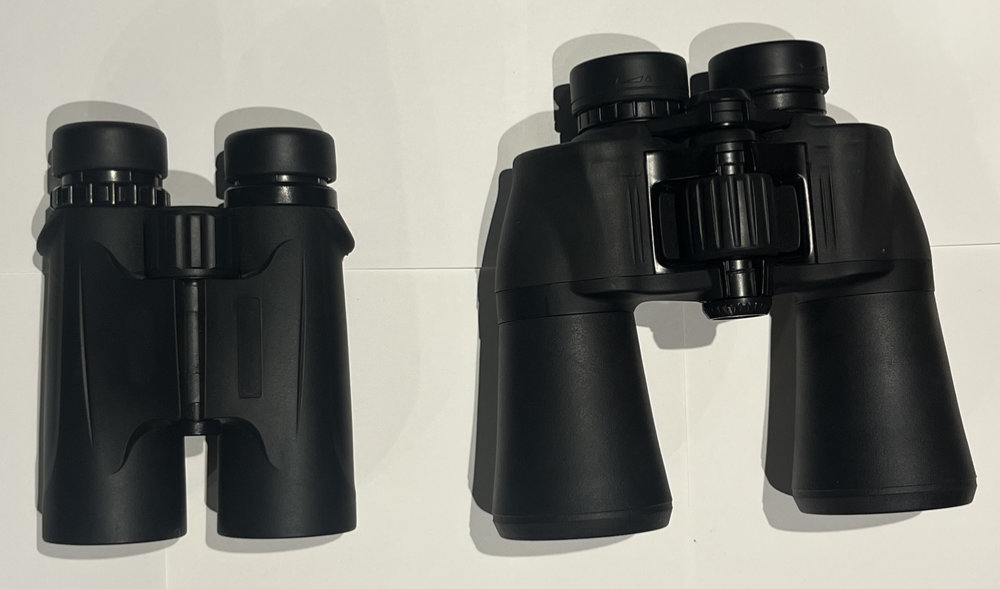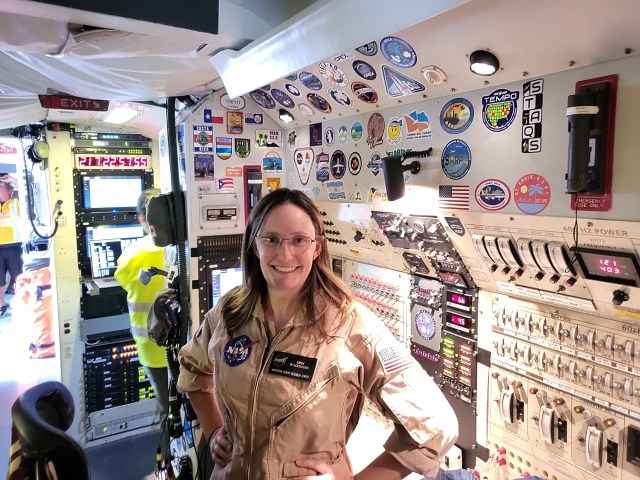Casey Heidrich
University Of Colorado, Boulder
The central objective of this research is to develop technologies for Entry, Descent, and Landing (EDL) of cubesat-sized vehicles. While current efforts tend toward landing larger masses, smaller payloads may fulfill scientific and exploration objectives for a fraction of the cost. Difficulties with scalability of existing technologies must be confronted. Previous technology deemed infeasible for larger systems can be considered for low mass architectures. Passive landing systems such as rough landers, for example, are especially appealing due to their lack of required inertial and range sensing close to the surface. The second key aspect of this research is to identify applicability of these systems to a range of missions. This may encompass payload sensitivity to heat and g loads, the landing precision requirements, time requirements, and many more. The primary means of approaching this problem will be a systems-level trade study of several technologies, from conceptual to flight proven. The trade space must include trajectory limitations and vehicle size constraints. Following the conceptual design phase will be experimental testing of selected EDL technologies suitable for smallsat EDL. This work supports NASA’s long term goals and interests. Maturation of smallsat technology will provide a more accessible platform for scientific objectives requiring atmospheric entry, such as university sponsored projects. In addition, a low cost and proven means of flight testing small-scale novel EDL concepts will emerge from this research.





























